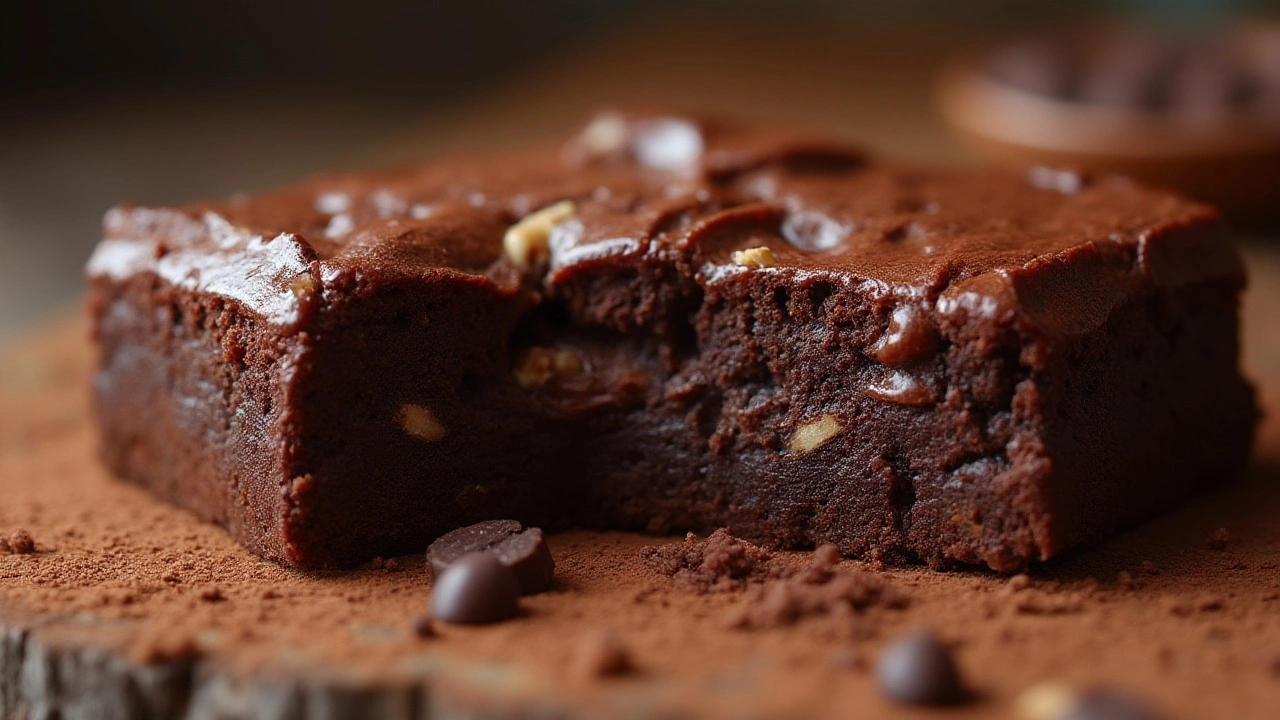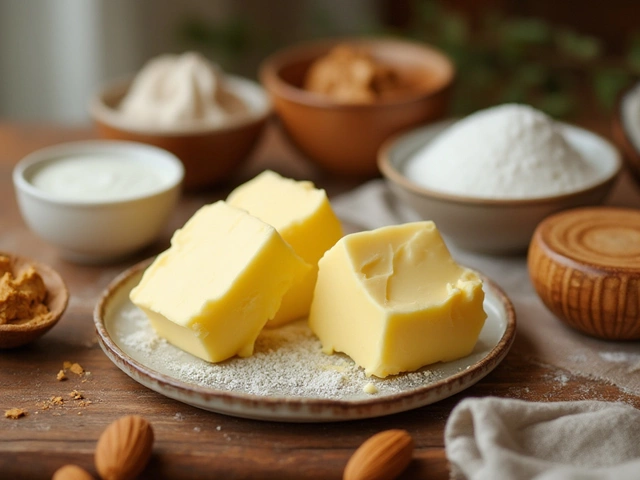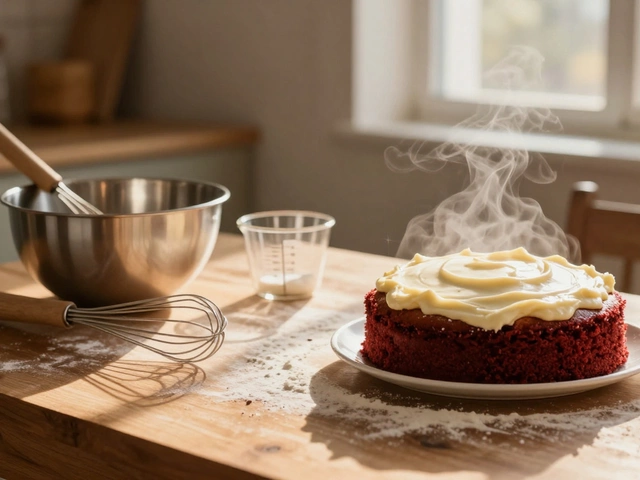Fudgy Dessert: Tips, Recipes & Tricks for Ultra‑Rich Treats
If you love desserts that melt in your mouth, you’re in the right spot. A true fudgy dessert has that dense, buttery feel without turning rock‑hard. Below you’ll find the basics – temperature tricks, texture fixes, and a couple of go‑to recipes that anyone can follow.
How to Get That Perfect Soft‑Ball Stage Every Time
The secret of smooth fudge lies in the temperature. Aim for the soft‑ball stage, which is between 235°F and 240°F (112°C‑115°C). Use a candy thermometer and watch the liquid rise slowly; a quick stir prevents scorching.
If you’re at high altitude, add about 1‑2 °F extra to counter lower boiling points. Too low a temperature gives grainy fudge, while too high makes it hard. A simple test: drop a tiny bit of the hot mixture into cold water. If it forms a soft ball you can roll between your fingers, you’re spot on.
Fixing Common Fudge Mistakes
Boiling fudge too long is a common slip‑up. When the mixture passes the soft‑ball stage, it starts to crystallize, turning crumbly. If that happens, stir vigorously while it’s still hot, or add a splash of cream to bring it back together.
Another frequent issue is grainy texture. That’s usually caused by stirring too early or using a sugar that’s not fully dissolved. Let the mixture cool without stirring until it reaches about 110°F, then give it a gentle stir to break up crystals.
For an extra creamy finish, add a tablespoon of butter or a splash of vanilla at the very end. Both help smooth out any remaining graininess and boost flavor.
Now that you’ve got the science down, try this quick fudgy dessert recipe:
Easy Creamy Fudge
- 2 cups granulated sugar
- ½ cup butter
- ⅔ cup evaporated milk
- 1 ½ teaspoons vanilla extract
- ½ cup chopped chocolate or cocoa powder (optional)
Heat sugar, butter, and milk over medium heat, stirring until sugar dissolves. Bring to a boil, attach a thermometer, and watch for the soft‑ball stage. Remove from heat, stir in vanilla (and chocolate if using), then pour into a greased pan. Let cool, cut, and enjoy.
If you prefer something with a bit of crunch, sprinkle sea salt on top before the fudge sets. The salty pop makes the chocolate flavor pop even more.
Looking for variation? Try swapping chocolate with caramel, peanut butter, or espresso powder. All of these keep the fudgy base while adding a new twist.
And remember – storage matters. Keep fudge in an airtight container at room temperature for up to two weeks. If you need to store longer, wrap tightly and freeze; the texture stays smooth when you thaw it slowly.
Whether you’re whipping up a batch for a party or just craving a single square, these tips turn a basic fudge recipe into a consistently fudgy dessert. Grab a thermometer, follow the soft‑ball stage, and you’ll never deal with grainy, hard fudge again.
Happy fudging!

What Is Brownie Flavor? The Secret Behind That Irresistible Taste
Unlock the secrets of brownie flavor—what makes it unique, how to boost that fudgy goodness, and why everyone seems to crave it so much.
View More




